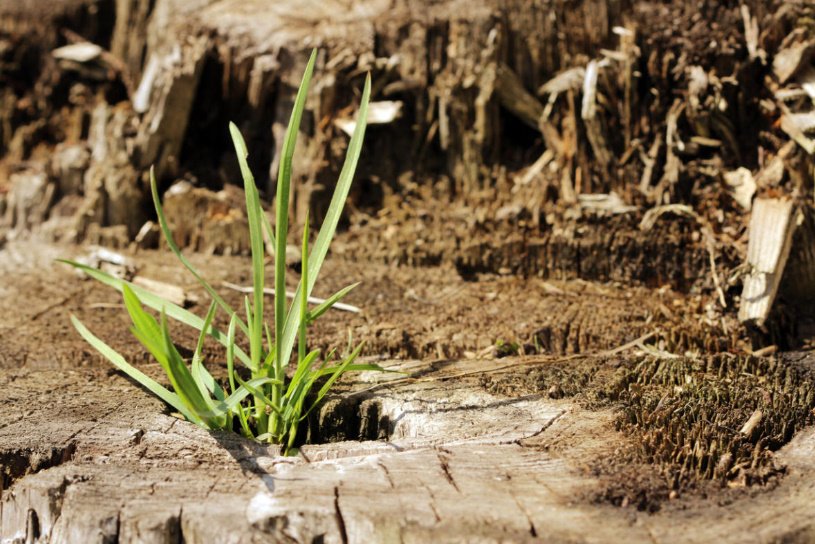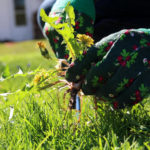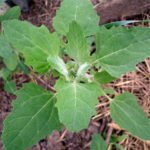“Elytrigia” probably needs no introduction. There is hardly a cottager who would not curse this ubiquitous weed, trying to get rid of it in the beds and flower beds. Fantastically viable, perfectly adaptable to almost any living conditions, extremely aggressive-the elytra seems invincible.
Is that true? How to deal with the aggressor? Let’s get to know him better to choose the right battle strategy.
Biological features of Elytrigia
Elytrigia repens is a perennial plant in the grass family (Poaceae)or Gramineae.
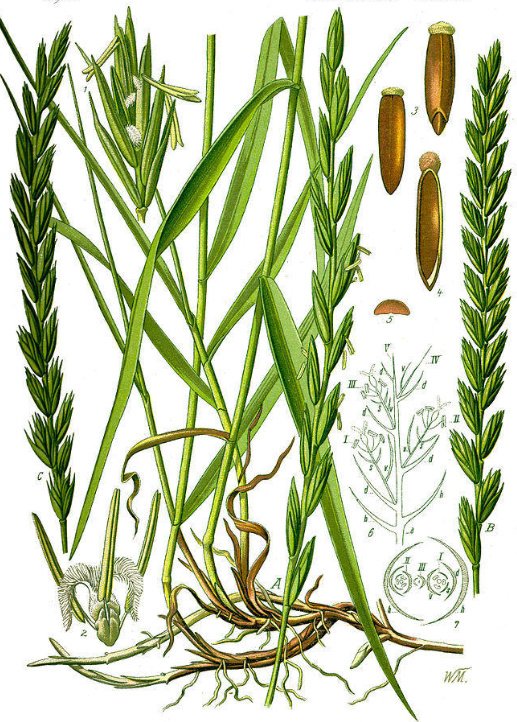
It is worth noting that in the literature there are different Latin names for Elytrigia: Agropyron repens, Elytrigia repens and Triticum repens.
The rhizomes of elytra are very tenacious, so they should not be thrown into the compost. It turns out that this plant has a very flexible approach to reproduction. Under favorable conditions, the elytra successfully reproduces vegetatively. Its long, hard, highly branched rhizomes easily break through dense soil and the roots of other grasses, quickly forming a dense network. The rhizomes are divided by nodes, as are the stems. Each node has roots and additional buds from which new plants will develop. And even if only a small piece of the rhizome remains in the soil, the elytra is able to win back the lost positions very quickly.
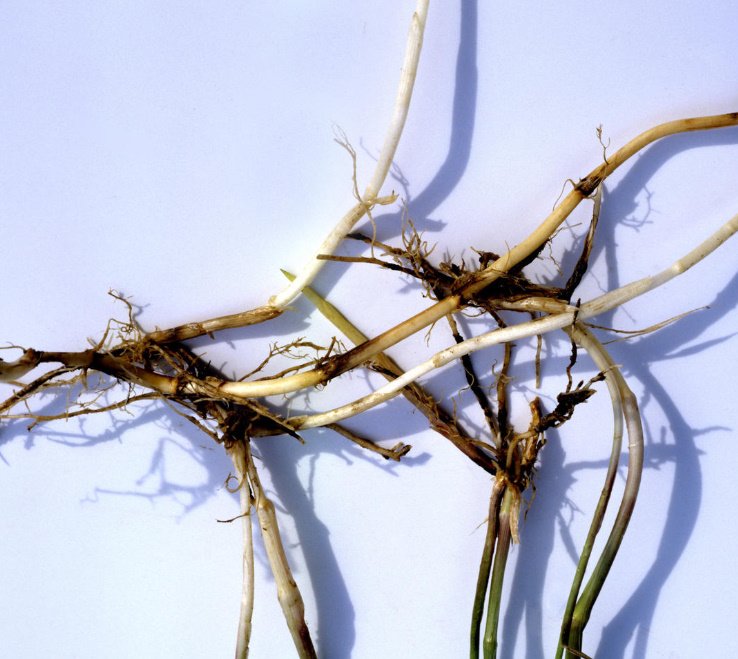
If the conditions are unfavorable, and the plant cannot grow rhizomes or accumulate nutrients in them, all the extracted resources are directed to them to form ears with full seeds. According to some sources, one plant can produce up to 10 thousand seeds. The wind and birds will carry them over long distances — and here is a” sudden and unexpected ” weed. And the germination of elytra seeds is preserved for up to 12 years!
The rhizome of the elytra can grow up to 1-1.5 m (3.3-4.9 ft) in a season, and the total length of the rhizomes of this plant per 1 m (3.3 ft) of soil can reach 400 m (437 yard). Anyone who has worked the weedy soil of elytra knows how dense the turf forms this plant. In loose soil, the rhizome of the elytra grows by 1.5 meters (4.9 ft) per season. Everyone! And one plant, according to experimental data, extracts twice as many nutrients from the soil during the same period as the relative of the elytra — wheat. There are several cultures that can successfully resist such an insatiable aggressor.
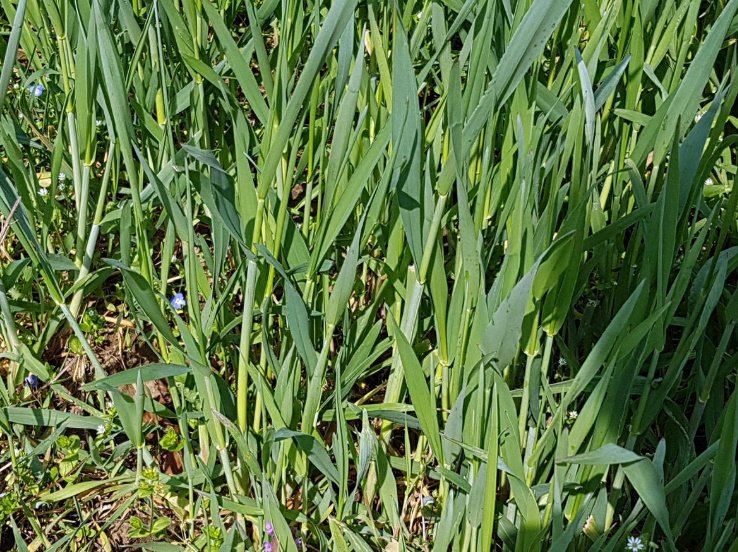
And not only that, elytra not only takes food and water from its competitors, but also poisons them, releasing substances into the soil that are toxic to many other types of grasses.
It does not die in a dry year and does not freeze in severe winters, it is not saved by mulch and plowing. It is able to grow on poor soils, does not get sick and is not affected by pests. Even dried rhizomes, once in favorable conditions, can give shoots and take root. Where else can you find such a tenacious weed?
How to get rid of Elytrigia
The elytra is light-loving, and this is its vulnerability. If you shade the plant, the ground part will significantly weaken, as a result, the rhizomes will not be able to accumulate food in sufficient quantities. Well, weak rhizomes in the new season, in turn, will give even more weakened shoots.
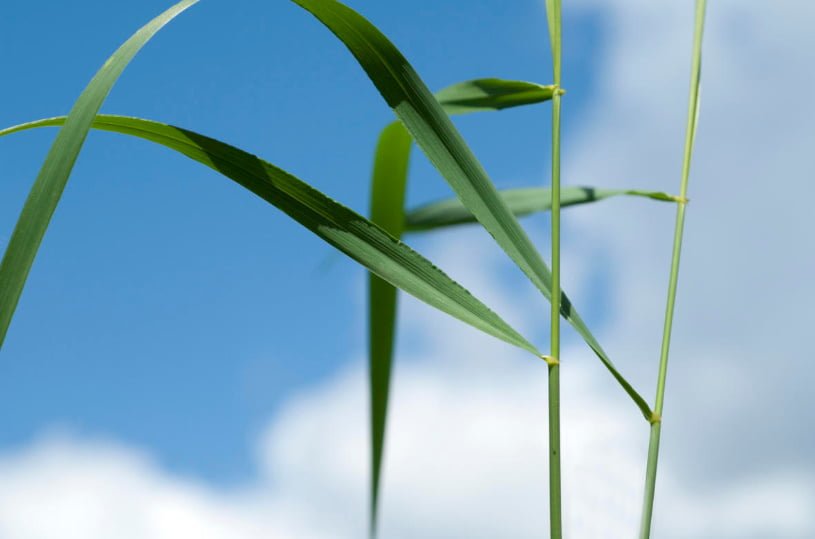
How to achieve this? For example, to sow on a plot where you are trying to get rid of elytra, cover the crops with oats or winter rye. They do not suffer from its aggression and are able to suppress the growth of weeds with dense sowing. However, you will have to be patient: it will take at least two seasons of such “replacement therapy” to free the territory from elytra.
You can go another way: for the same period, cover the site with a dense light-proof material. Without access to light, the old rhizomes will be exhausted and die, and new ones will not be able to form.
Remember: loose mulch elytra is not a hindrance!
Please note that the usual loose mulch (mown grass, straw, sawdust and other similar materials) Elytra is also not a hindrance! Sharp “sprouts” boldly break through even a thick layer of mulch, rushing to the light, well, food and moisture in such conditions are more than enough, so instead of weakened, disappearing we get well-fed, healthy and strong weeds.
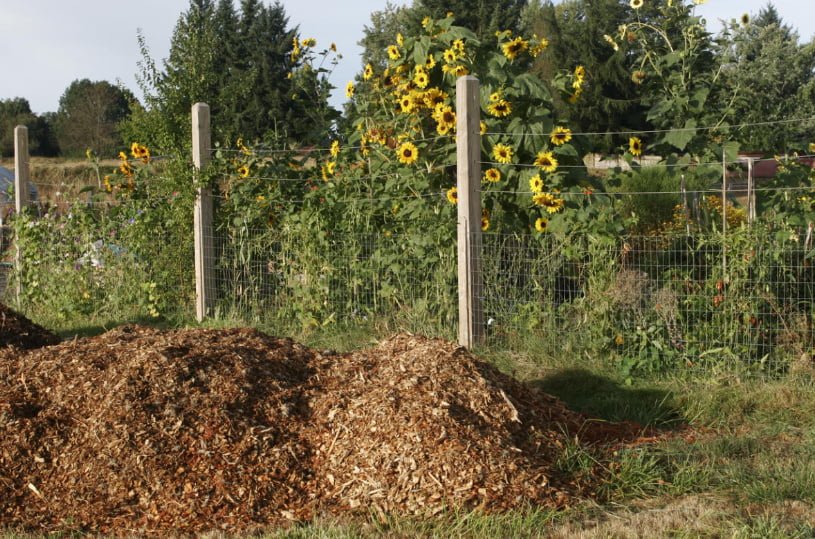
Perhaps the most effective, although time — consuming, way to deal with elytra is mechanical: dig up the soil and manually select the rhizomes as carefully as possible, trying not to leave even tiny pieces. After that, you can plant any crops on the liberated territory. Only with the planting of potatoes, it is better to wait at least a year: first you need to clear the ground from the wireworm — the constant companion of the elytra.
But even after such drastic measures, it is too early to relax and celebrate the victory. Selecting each of the pieces of rhizome is an almost impossible undertaking, and from the remaining ones, as we know, new invaders will surely appear. And their appearance is desirable to notice as soon as possible, and noticing — immediately remove the sprout. By regularly removing the elytra shoots, we exhaust the rhizome, and sooner or later perseverance will certainly bear fruit.
Is it possible to defeat elytra with herbicides? Sure. But here I am not an adviser, I personally do not use this method of weed control.
I hope that you will tell us about your experience with Elytrigia in the comments. What methods and techniques have worked well in your company?
